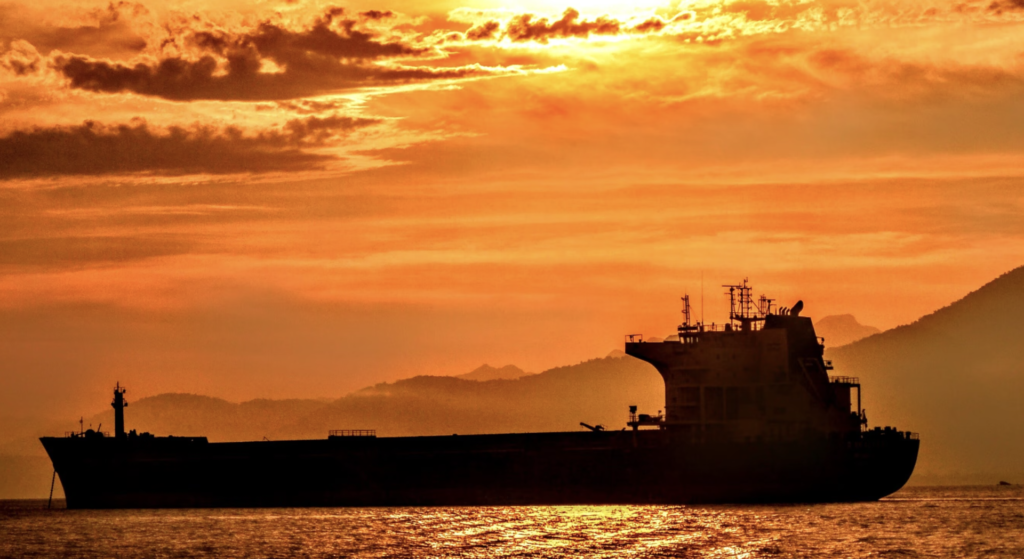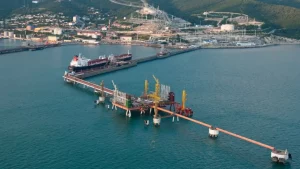US sanctions affect Russian tanker routes

Sanctions imposed by the United States on Russian tankers have threatened Moscow’s key logistics chains.
Russia’s seaborne crude exports continue to decline, the first time in a long time that sanctions pressure has resulted, Bloomberg reports.
From mid-December to January 19, Russia exported 2.94 million barrels of oil per day. Last week, volumes fell by another 260,000 barrels — or 9%, compared with the previous week.
The sanctions, announced on January 10, are already showing their impact. Tanker routes are changing, and ships are looking for detours. For example, the strategic port of Kozmino, a major export point for ESPO, has a shortage of ships. Most of the specialized tankers that previously served this route have been sanctioned.
Exports to Asia have fallen by 20% compared to their peak. China still buys the most Russian oil. It accounts for about 980,000 barrels per day of seaborne supplies, as well as 800,000 barrels through pipelines passing through Kazakhstan.
India also remains an important consumer, receiving an average of 1.33 million barrels per day. But even this figure has decreased due to delays with tankers that have not yet determined their final destinations.
In Europe, Russian oil has effectively lost all markets. Poland and Germany have stopped purchasing pipeline oil since the beginning of 2023. This has reduced exports by 500,000 barrels per day. The only notable importer of Russian crude in the region remains Turkey, which has increased its purchases to 370,000 barrels per day.
However, despite the drop in volumes, Russia has managed to partially compensate for losses due to rising prices. In Baltic ports, the price of oil rose by $3.40 per barrel, in the Black Sea by $3.90, and the Pacific ESPO grade added $1.50 per barrel. USM recently wrote that the transportation of Russian oil to China has tripled in price due to sanctions.





